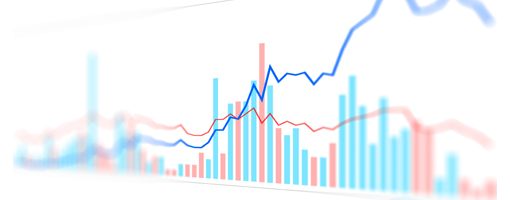The gap between the poorest and richest single pensioners has increased "considerably" over the past decade, analysis by Broadstone has found.
The analysis of the Department for Work and Pensions’ pensioner income series showed that single pensioner incomes in the bottom quintile grew by 2 per cent before housing costs between 2010/11-2011/12 and 2020/21-2021/22. This is an average increase of £208 per year.
Those who are in the top quintile saw income growth over the same period of 9 per cent, equivalent to £2,496 every year, an increase of £2,288 compared to those in the lowest incomes.
The contrast was even more marked after housing costs, with single pensioners in the bottom income quintile seeing their income increase by just £1 over the past decade, compared to £55 per week for those in the top quintile, equating to £2,860 per year.
Meanwhile, single pensioners in the bottom quintile saw 88 per cent of their gross income before housing costs provided for by the state pension and benefits, a slight increase from 87% a decade earlier.
This, according to Broadstone, suggested they entered retirement with not much of a pension pot or other savings.
In contrast, single pensioners in the top quintile saw the state pension and benefits account for under a third of the income of those in the top quintile (31 per cent), where a proportion was made by occupational pension income (34 per cent), pension income (32 per cent) and earnings income (16 per cent).
Broadstone head of defined contribution workplace savings, Damon Hopkins, commented: "These figures show that the gap between the ‘haves’ and ‘have-nots’ in retirement has widened sharply.
"Single pensioners already face significant income pressures, especially as they must pay bills via a single income, but they have barely seen any increase in their income over the past 10 years.
"Despite triple lock increases to the state pension and increases to other benefits, it is clear that more people are entering retirement with inadequate savings leaving them reliant on these sources of income."
Hopkins added: "The data also demonstrates the urgent need for pension savers to consider the standard of living in retirement that their current contribution rates are likely to achieve.
"The average single pensioner’s income is under £17,000 after housing costs, around half the £31,300 annual income the PLSA indicate is needed for a moderate living standard."
This article originally appeared on our sister title, Money Age.
Latest News
-
DC market set for ‘pivotal’ year defined by scale, support, and sustainability
-
ESG progress stalling among fiduciary managers
-
BPA market set to exceed £50bn in 2026 amid ‘strategic crossroads’ for trustees
-
Nearly half of salary sacrifice users fear smaller pension pots under reforms
-
DB redress payments to remain ‘historically low’ in Q1
-
Raindrop recovers over £675m in lost pension pots in 2025
Private markets – a growing presence within UK DC
Laura Blows discusses the role of private market investment within DC schemes with Aviva Director of Investments, Maiyuresh Rajah
The DB pension landscape
Pensions Age speaks to BlackRock managing director and head of its DB relationship management team, Andrew Reid, about the DB pensions landscape
Podcast: From pension pot to flexible income for life

Podcast: Who matters most in pensions?

In the latest Pensions Age podcast, Francesca Fabrizi speaks to Capita Pension Solutions global practice leader & chief revenue officer, Stuart Heatley, about who matters most in pensions and how to best meet their needs
© 2019 Perspective Publishing Privacy & Cookies










Recent Stories